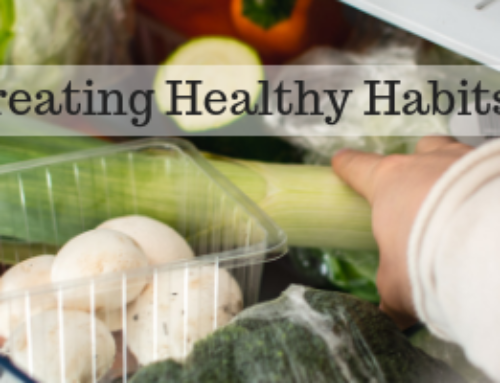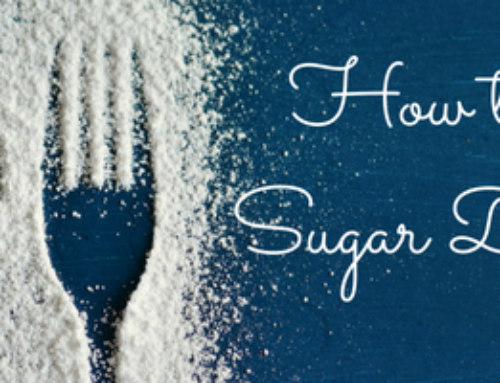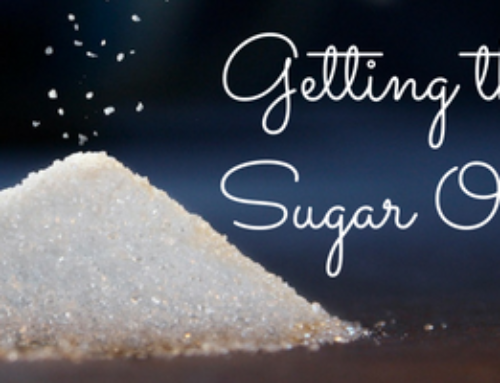Before October comes to a close, I wanted to write about optimizing breast health and decreasing the risk for breast cancer. Being proactive about prevention is a must. This can’t be overemphasized. There are many things we can do both nutritionally and lifestyle wise to decrease risk. Here are key strategies you can adopt today!
Optimize your vitamin D – Oh yes, one of my favorite nutrients, although it is really more of a hormone than nutrient. In the past, Vitamin D was primarily thought of for bone health. However, we now know it’s not only important for bones, but for overall immunity and disease prevention. Did you know that vitamin D receptors are present in virtually every tissue and cell in your body? Optimizing your vitamin D status most likely requires supplementation with vitamin D3. The first step is to get your blood levels checked to determine if you are getting sufficient amounts. There are differing opinions in the medical community as to what “optimal” blood levels are, but aiming for at least 50 ng/mL has been shown to be protective. As far as intake, I generally recommend 2,000 IU per day for most adults, and higher dosing if your blood levels are low. If you take over 2,000 IU per day then you should have your blood tested at least once per year.
Keep inflammation at bay – Inflammation is an underlying factor in most disease processes. Eating anti-inflammatory foods is a must. Foods high in omega-3 fats top the list and include wild salmon, black cod, sardines, mackerel, chia seeds, and flaxseeds. Flaxseeds are a favorite food for breast health because they not only provide omega-3 fats, but also contain high amounts of lignans which have been shown to be protective by balancing estrogen metabolism, and thereby reducing breast cancer risk. An easy way to get your daily dose is to add a tablespoon to a morning smoothie. Another food that is super anti-inflammatory is turmeric; don’t be afraid to add it to stir-fries or soups. Avoid foods that can increase inflammation like soybean oil, corn oil, excess sugar, refined carbs, trans fats, artificial additives, and any known food allergens.
Iodine – This mineral doesn’t get a lot of attention, but it should. In fact 40% of the world’s population is deficient, and iodine deficiency is a risk factor for breast cancer. See, breast tissue has a high concentration of iodine, where it serves as a potent antioxidant. It protects breast tissue by basically down-regulating estrogen responsive genes, while upregulating the genes involved in estrogen detoxification. Make sure you multi contains iodine, and eat iodine rich foods including seaweed and cod.
Keep alcohol in check – Epidemiologic studies have consistently found an increased risk of breast cancer associated with an increased alcohol intake. A meta-analysis of several studies found that women who drank more than three drinks per week had a 1.5 times the risk of developing breast cancer than non-drinkers. Ideally, keep alcohol at three or less drinks per week, and no more than seven.
Eat your veggies – Aim for four cups or more per day. Eat from the rainbow. And most importantly choose cruciferous vegetables which include: broccoli, cauliflower, cabbage, bok choy and watercress, among others. Cruciferous vegetables are especially beneficial because they contain a phytonutrient called sulforaphane that helps break down estrogen in the body, thus protecting against cancer. In fact, one of my favorite supplements for breast health is BroccoProtect which is a concentrated source of sulforaphane, and equal to eating over five cups of broccoli!
Reduce your environmental toxin exposure – Xenoestrogens are endocrine disrupting chemicals that act falsely like fake estrogen in your body and may increase risk of breast cancer. When xenoestrogens enter the body, they add to the total estrogen load and can contribute to estrogen dominance. What is more upsetting is that some of the chemicals can’t be broken down or excreted. Xenoestrogens that you may have heard of include parabens, phthalates, and PCB’s, but the list goes on. Easy things you can do to limit your exposure include reducing the use of plastics that come into contact with your food and using glass and ceramics for storage instead. Don’t microwave in plastic, and don’t refill plastic water bottles. Use chemical free, biodegradable laundry and household cleaning products. Avoid creams and cosmetics that have estrogenic ingredients like parabens, opt for natural product lines that refuse to use such ingredients. Lastly, choose to eat organic when possible.
Let me know in the comments below if you have any questions, I am happy to help.
Lastly, please share this blog post with your friends and family. It is important to spread the word! Just hit the buttons below to share via email or social media.
Thank you!






